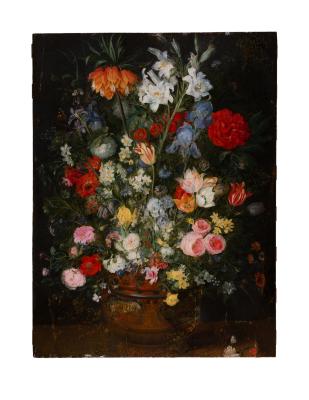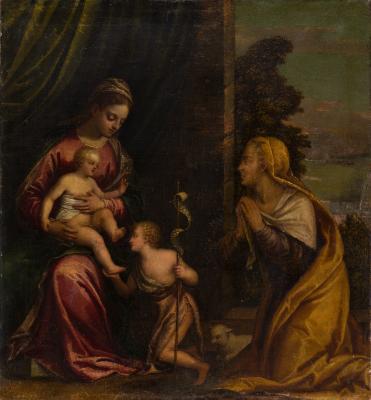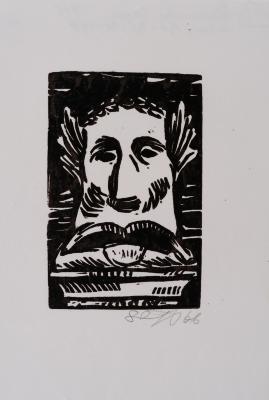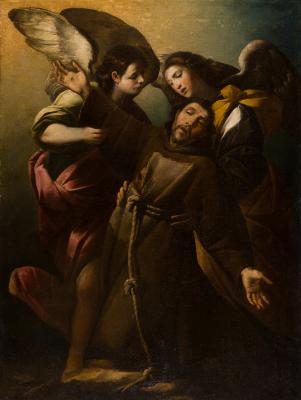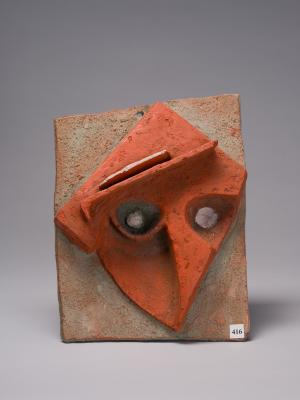Girl
Mykhailo Boichuk
- ID
- ФМз-Ж-313
- Author
- Mykhailo Boichuk
- Name
- Girl
- Date of creation
- 1915
- Country
- Ukraine
- Technique
- tempera painting
- Material
- watercolour tempera paper
- Dimensions (height x width, cm)
- 25 x 16.8
- Type
- painting
- Genre
- portraiture
- Provenance
- Yaroslava Muzyka Fund
- Exposition
- Lozinski Palace









